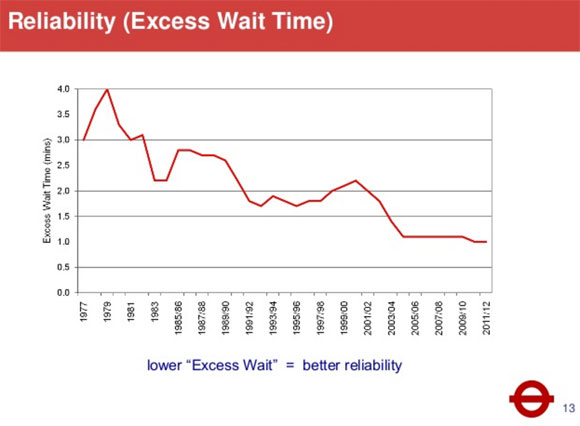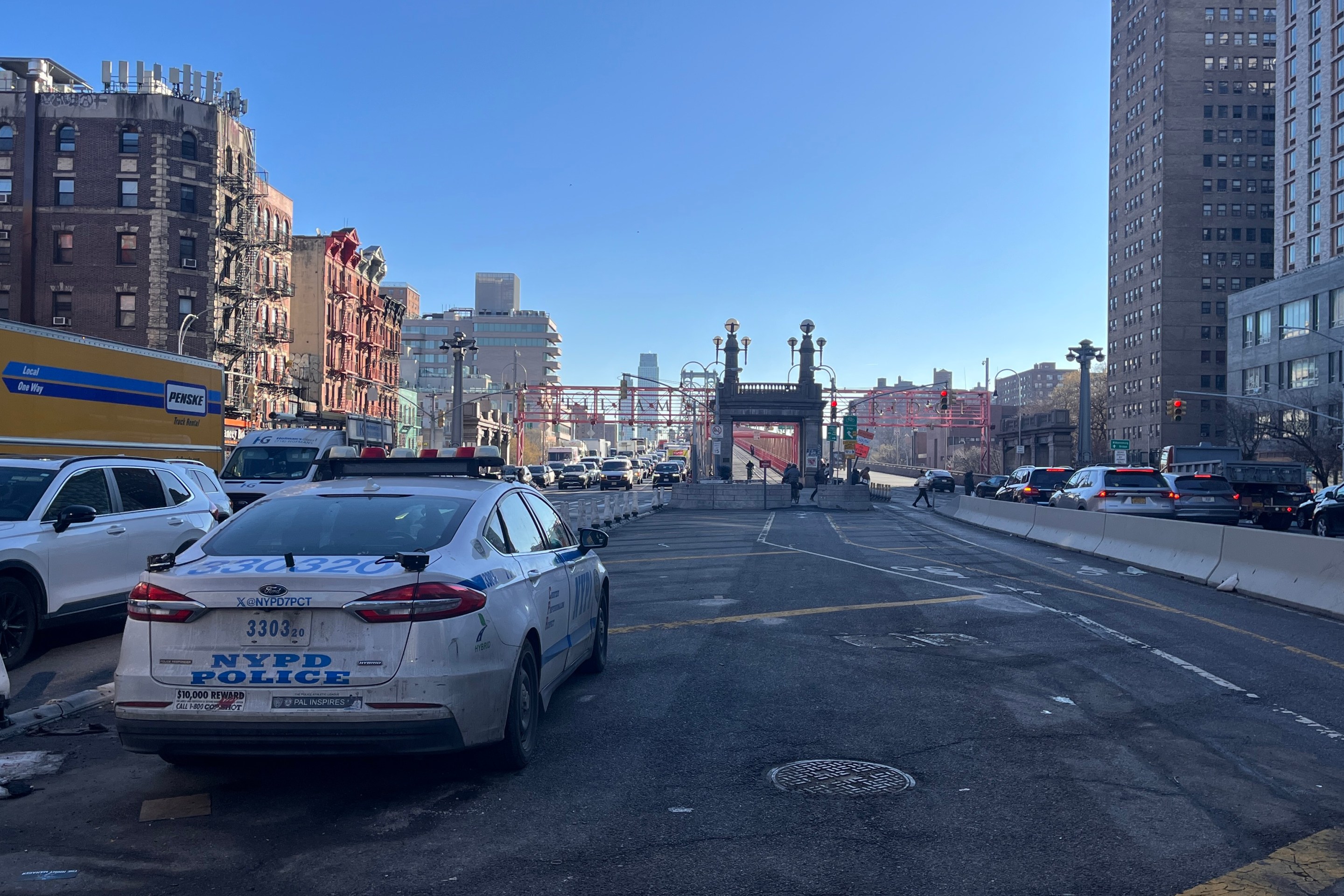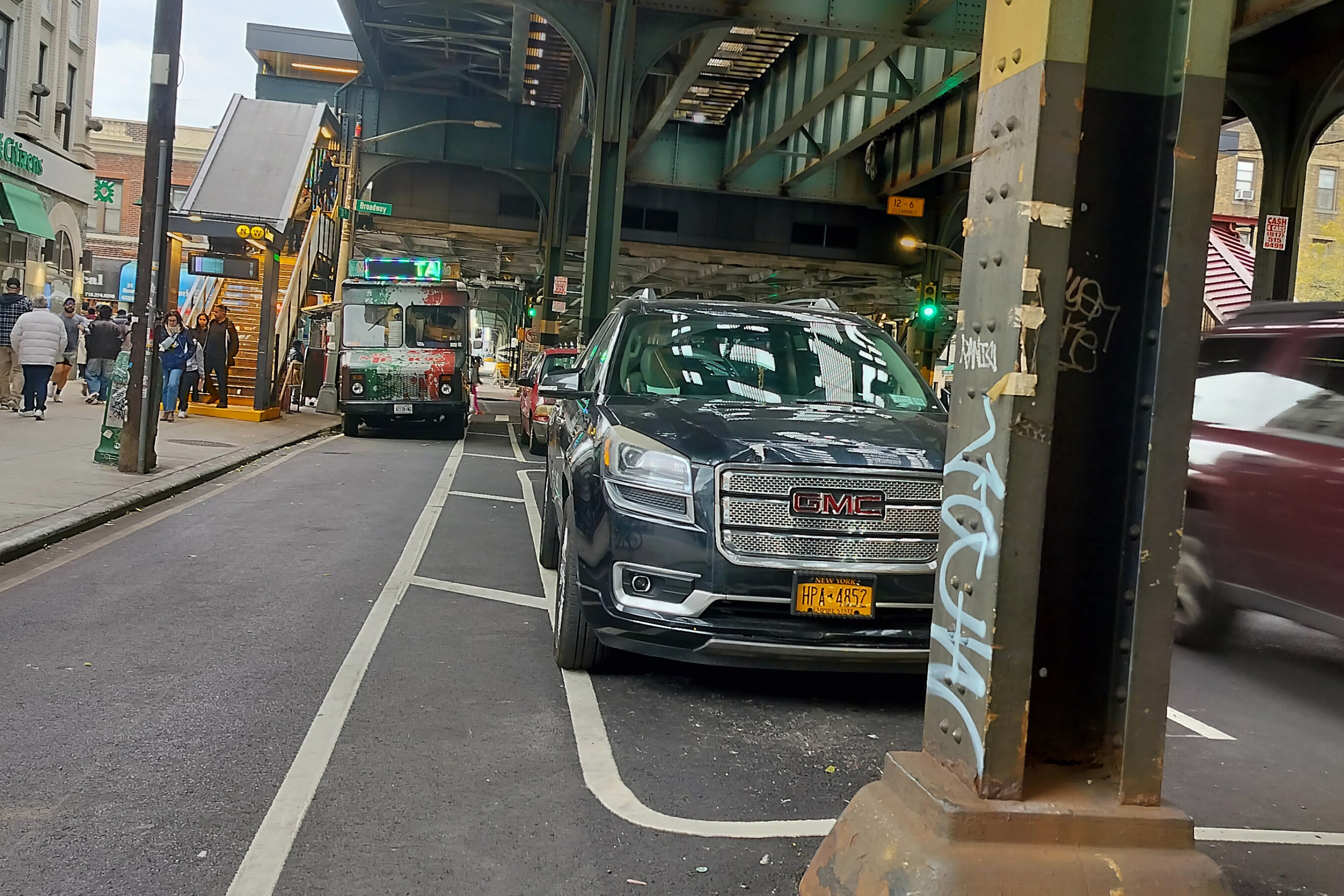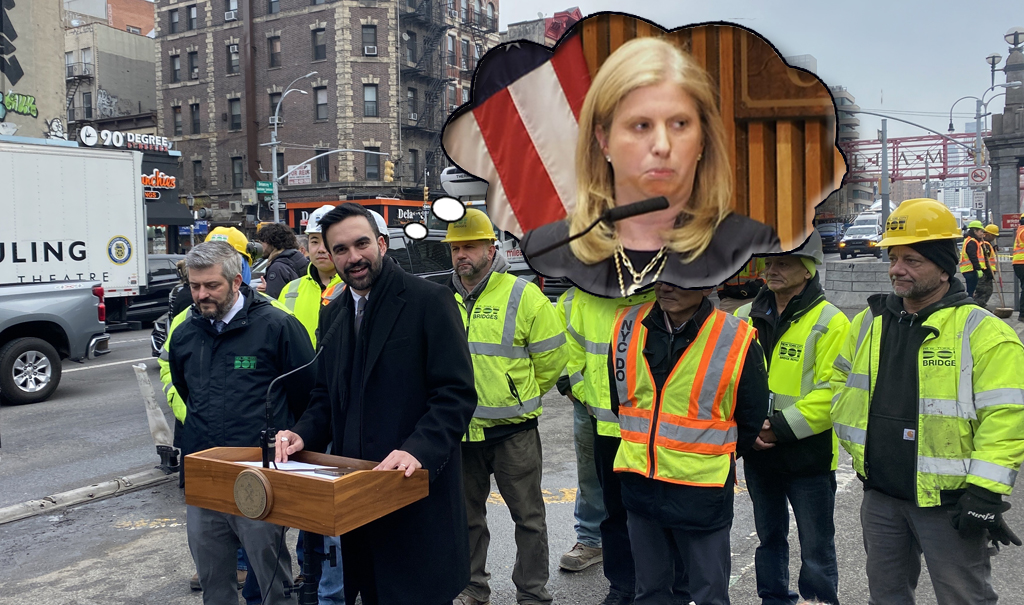Newly-appointed MTA chief Joe Lhota has committed to building a "roadmap" for the agency within 60 days of taking office, according to an undated letter to agency staff obtained by TransitCenter [PDF].
In the letter, Lhota promises to create a "dashboard that presents the metrics of how we are doing," which "will not be just a tool for the MTA, but a report card to the public on our progress."
A public-facing performance dashboard could be an important step to increase accountability at the MTA and build trust with riders. It could allow the agency to "have a real conversation with people about what’s going on with transit," said TransitCenter communications director Jon Orcutt. "It gives people some sense of a light at the end of the tunnel and that someone is in charge, and no one feels that way about the MTA right now."
It could also be a dud -- the outcome will depend on which metrics the MTA chooses to publish, and whether the agency sticks with it in the long run. Streetsblog spoke to transit and open data advocates about what to look for in the MTA's dashboard. Here's what they told us.
Reporting on service quality in a way that matters to riders
TransitCenter says the MTA should use this opportunity to rethink how it reports on the quality of service.
The MTA's preferred service quality metric -- "wait assessment" -- only conveys the percentage of trains with significant delays. This matters more to the people who run the trains than to the people who ride them.
For subway and bus riders, what matters is how much time they lose due to slow or unreliable service. The metric considered the best industry practice for communicating this aspect of the rider experience is called "excess journey time," which is measured in minutes, not percentages. Adopting excess journey time as the standard metric would give riders information that relates to what they encounter every day on trains and platforms, said TransitCenter NYC program director Tabitha Decker.
Legible status updates on MTA capital projects
The MTA already publishes an online dashboard that's supposed to help people track progress on maintenance work, expansion projects, and other capital upgrades, but it's hard to decipher and missing key information, like the original project timetables.
Advocates want to see the MTA do better. The public should be updated regularly on "the timeline and status of major upgrades like signal projects, subway car procurement, transit signal priority for buses, the new fare payment system, and elevator installations," said Decker. "We should see on that website, we’re doing 'X' on signals, we’ve got 'Y' plan for the new payment system, and that stuff should be up-to-date and be monthly."
An accessibility dashboard
Riders with disabilities count on elevators to use the ADA-accessible stations in the subway system, but these elevators are often out of service.
Riders should be able to access real-time information on elevator and escalator outages, including the estimated length of the outages, said Straphangers Campaign coordinator Jaqi Cohen, as well as regular updates on the agency's progress in improving Access-A-Ride service.
Tracking responsiveness to rider feedback
Another function of the dashboard could be similar to the city's 311 database, tracking rider complaints by date, location, nature of complaint, and resolution, said Cohen.
"Something we hear consistently from riders is that they feel like submitting a complaint to the MTA is like shouting into the abyss, they often don't know if their complaint is being heard and how the issue they're bringing to light is being resolved," she said. "We think having access to customer complaint data will help provide riders with a better understanding of how the MTA responds to customer complaints, and will help bring to light the parts of the system experiencing the greatest issues."
Defining standards for open MTA data in state law
The creation of a performance dashboard is a positive step, said John Kaehny, executive director of Reinvent Albany and co-chair of the NYC Transparency Working Group -- one that should be codified in law. Otherwise, the risk is that it will be toothless or watered down over time.
The current capital program dashboard, for instance, was intended to enable the public to track whether MTA projects were over-budget or past due. But the site no longer lists originally scheduled completion dates, so it's no good as an accountability tool.
“The whole entire point of the capital projects dashboard was to have the original budget and completion date posted so that the public could see delays," said Kaehny. "Frankly, there needs to be a state law. There has to be legislation requiring MTA transparency."






